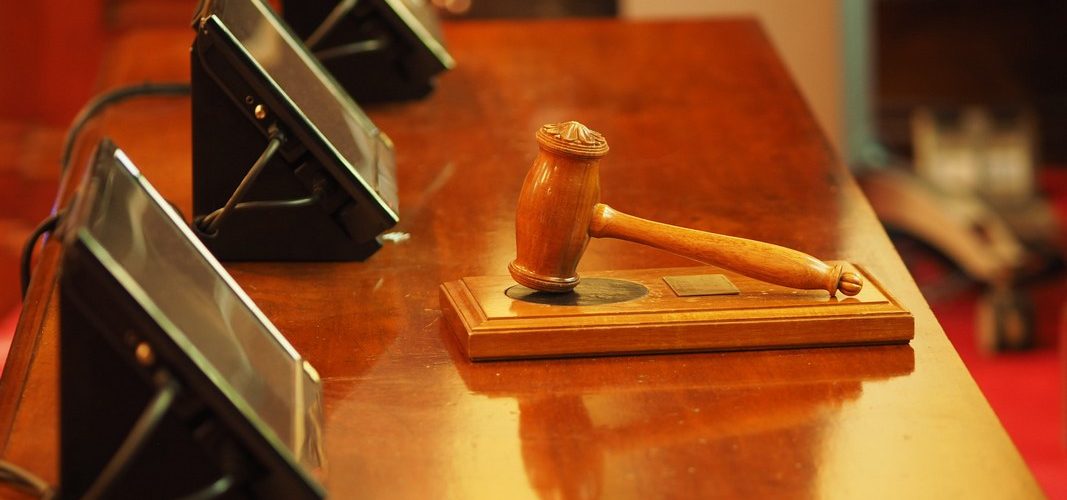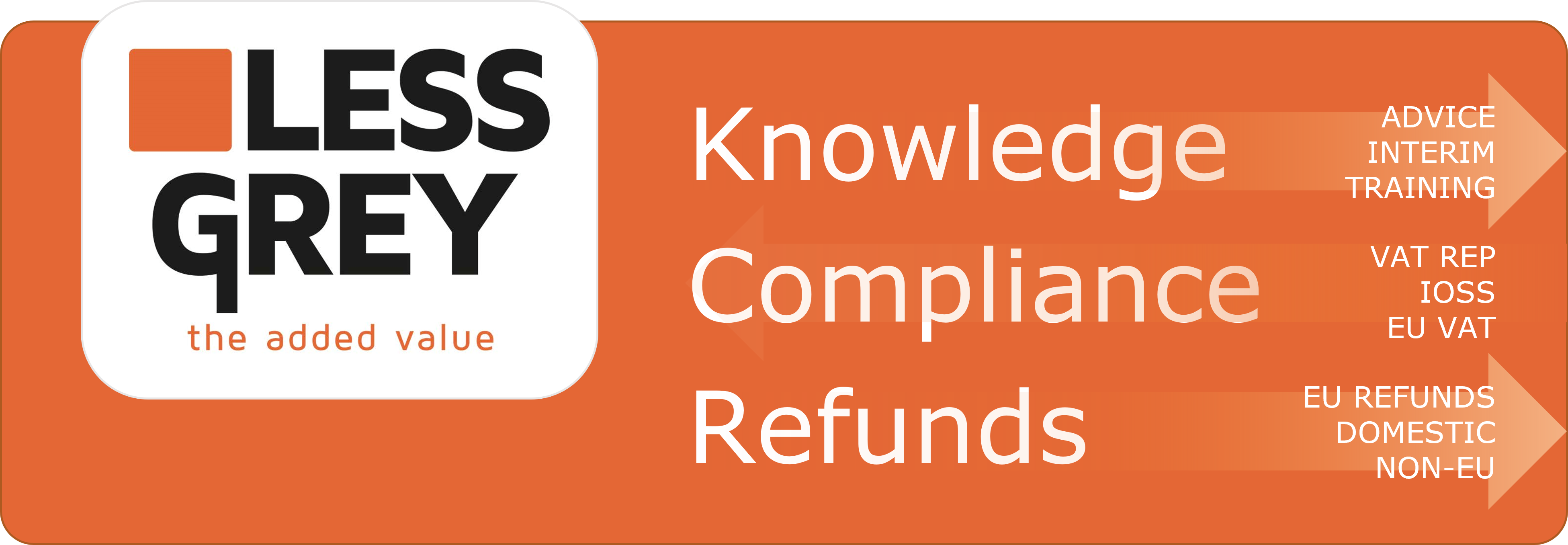On March 21, 2002, the ECJ issued its decision in the case C-174/00 (Kennemer Golf).
Context: Sixth VAT Directive – Article 13A(1)(m) – Exempt transactions – Services connected with the practice of sport – Non-profit-making organisation.
Article in the EU VAT Directive
Article 13A(1) of the Sixth Directive (Article 132(1)(m) of the EU VAT Directive 2006/112/EC.
Article 132 (Exemptions for certain activities in the public interest)
1. Member States shall exempt the following transactions:
(m) the supply of certain services closely linked to sport or physical education by non-profit-making organisations to persons taking part in sport or physical education;
Facts
- Kennemer Golf is a Netherlands association having about 800 members. Its objects, according to its Articles of Association, are the pursuit and promotion of sport and games, in particular golf. It owns facilities for this purpose, including a golf course and clubhouse, in the municipality of Zandvoort (Netherlands).
- Members of Kennemer Golf must pay an annual subscription fee as well as an admission fee. They are required to participate in an interest-free debenture loan issued by Kennemer Golf.
- Besides the use of the facilities by members of Kennemer Golf, non-members may use the course and the associated facilities in return for payment of a day subscription fee. According to the case-file, Kennemer Golf earns relatively large sums in this way, amounting to approximately one third of the amounts paid by members as annual subscription fees.
- During the years prior to the 1994 tax year, Kennemer Golf made an operating surplus which was then appropriated as a provisional reserve fund for non-annual expenditure. This also happened in relation to the tax year in question, 1994.
- In the belief that its services to non-members were exempt from VAT, under Article 11(1)(f) of the Wet op de Omzetbelasting 1968 and Articles 7(1) and annex B(b), point 21, of the Uitvoeringsbesluit Omzetbelasting 1968, Kennemer Golf did not pay tax on those services for the 1994 tax year. The tax authorities, however, considered that Kennemer Golf was aiming to make a profit and imposed an additional assessment to VAT in relation to those services.
- When Kennemer Golf’s objection to that decision was dismissed by the tax authorities, it appealed to the Gerechtshof (Regional Court of Apeal) Amsterdam (Netherlands). That court dismissed the appeal on the ground that if Kennemer Golf was systematically making profits the presumption had to be that it was seeking to achieve operating surpluses and was pursuing a profit-making aim.
Questions
1.(a) Where it is necessary to establish whether or not a body aims to make a profit as referred to in Article 13(A)(1)(m) of the Sixth Directive, must account be taken solely of earnings from the services referred to in that provision or must earnings from other services provided by it also be taken into consideration?
(b) If, in determining whether or not the aim is to make a profit, account must be taken solely of the services supplied by the body as referred to in Article 13(A)(1)(m) of the Sixth Directive and not total earnings, must only the costs incurred directly for the services be taken into consideration or also a proportion of the body’s other costs?
2.(a) Is there a direct link, within the meaning of inter alia the judgment of the Court of Justice of the European Communities in Case 102/86 Apple and Pear Development Council [1988] ECR 1443, in the case of subscription fees charged by an association which, pursuant to the object laid down in its articles of association, provides its members with sports facilities in the context of an association and, if not, is the association to be regarded as a taxable person within the meaning of Article 4(1) of the Sixth Directive only in so far as it also provides benefits for which it receives direct consideration?
(b) Must the total amount of the annual subscription fees from the members whom the association provides with sports facilities be included in the earnings of a body in the form of an association which are to be taken into account in determining whether or not the aim is to make a profit as described in the first question even where no direct link exists between the various services provided by the association for its members and the subscription fee paid by them?
3. Does the fact that a body uses surpluses which it systematically aims to make for the purpose of its benefits in the form of a facility to play a type of sport as provided for in Article 13(A)(1)(m) of the Sixth Directive justify the conclusion that it does not aim to make a profit within the meaning of that provision, or is such a conclusion possible only where the intention is incidentally and not systematically to make operating surpluses which are used as described? In answering these questions must account also be taken of the first indent of Article 13(A)(2)[(a)] of the Sixth Directive and, if so, how is that provision to be interpreted? In particular, in the second part of the provision must systematically be read between arising and shall, or merely incidentally?
AG Opinion
1) To determine if an organization is non-profit-making pursuant to art. 13, part A, no. 1, lett. m), of the sixth VAT directive, the whole of its activities must be taken into account.
2) The annual membership fee paid to a golf club constitutes a “consideration”, pursuant to art. 2 of the sixth directive, for the services provided by the club to its members.
3) A non-profit organization pursuant to art. 13, part A, no. 1, lett. m) of the sixth directive is that which does not have as its object the enrichment of natural or legal persons and which is not in fact managed in such a way as to achieve or seek to achieve such enrichment; however, the fact that a body systematically aims to create a surplus to be used for the services it provides, consisting in offering the possibility of practicing a type of sport, does not preclude its classification as a non-profit organization of this nature. . The first part of the optional condition referred to in the first indent of art. 13, part A, no. 2, lett. a) of the Sixth Directive,
Decision
1. Article 13A(1)(m) of the Sixth Council Directive 77/388/EEC of 17 May 1977 on the harmonisation of the laws of the Member States relating to turnover taxes – Common system of value added tax: uniform basis of assessment is to be interpreted as meaning that the categorisation of an organisation as non-profit-making must be based on all the organisation’s activities.
2. Article 13A(1)(m) of Directive 77/388 is to be interpreted as meaning that an organisation may be categorised as non-profit-making even if it systematically seeks to achieve surpluses which it then uses for the purposes of the provision of its services. The first part of the optional condition set out in the first indent of Article 13A(2)(a) of Directive 77/388 is to be interpreted in the same way.
3. Article 2(1) of Directive 77/388 is to be interpreted as meaning that the annual subscription fees of the members of a sports association such as that concerned in the main proceedings can constitute the consideration for the services provided by the association, even though members who do not use or do not regularly use the association’s facilities must still pay their annual subscription fees.
Summary
In qualifying an institution as a ‘non-profit institution’ for the purposes of the sports exemption, all the activities of that institution must be taken into account.
An institution can be classified as a ‘not-for-profit institution’ even if it systematically strives for surpluses which it then uses for its performance.
The annual contributions of the members of a sports association can constitute the consideration for the services rendered by the association, even if members who do not or do not regularly use the facilities of the association, are nevertheless obliged to pay their annual contribution.
Source
Similar ECJ cases
Reference to the case in the other EU MS
- UK – HMRC internal manual VAT Sport Manual
- Belgium – Circular 2020/C/68 on the assessment of whether or not there is a profit motive on the part of an autonomous municipal company(Forum For the Future)
Newsletters
Join the Linkedin Group on ECJ VAT Cases, click HERE















